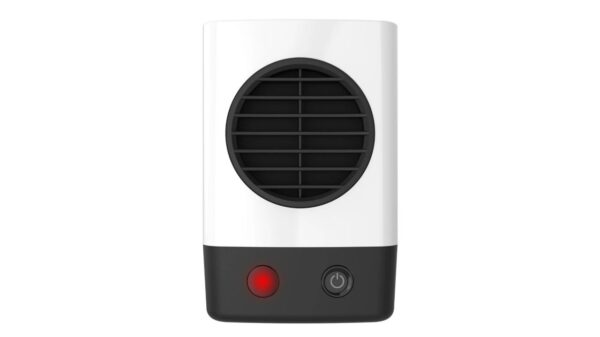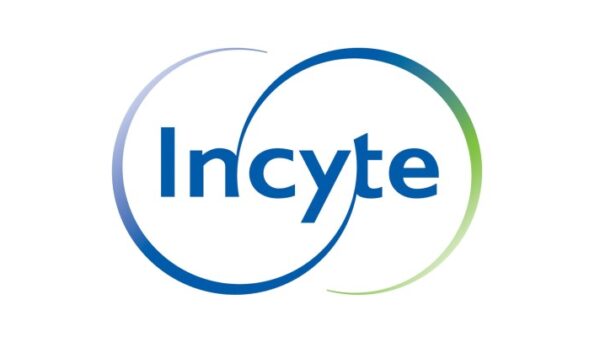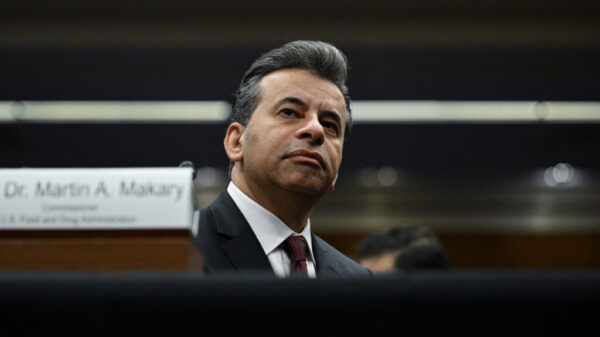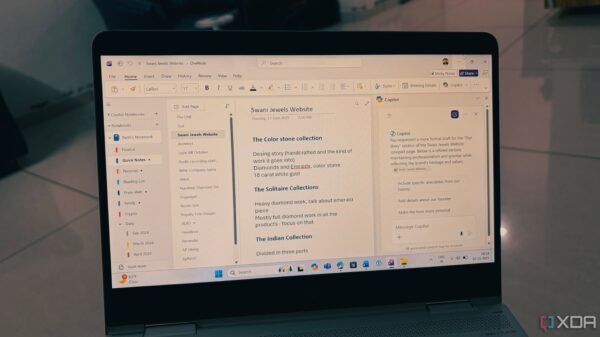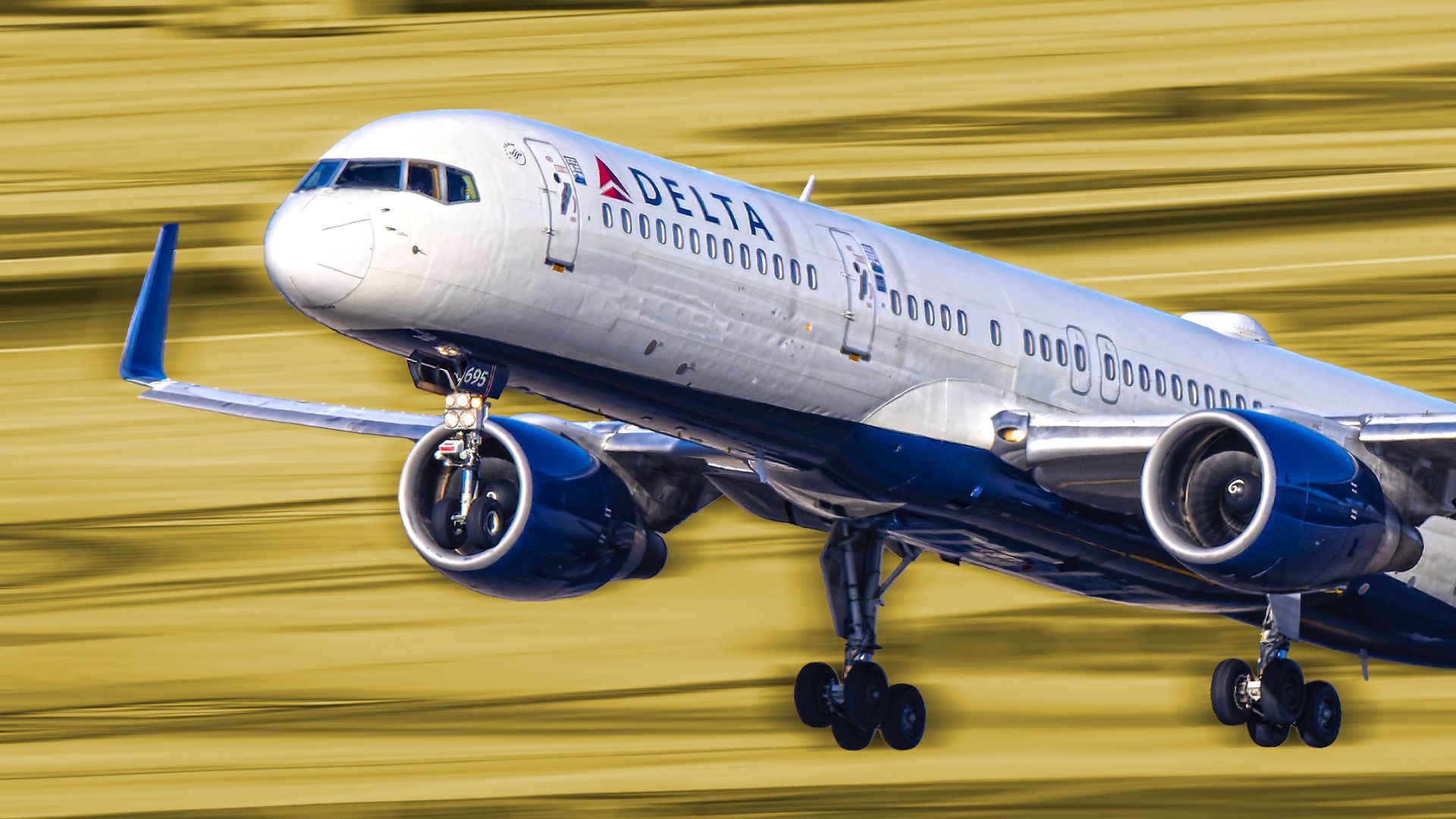Delta Air Lines continues to operate a significant fleet of aging Boeing 757 aircraft, a decision that reflects the airline’s operational needs and economic considerations. Based in Atlanta, Georgia, Delta is the world’s largest operator of the Boeing 757, with a fleet comprising 110 of these aircraft. Despite the availability of newer, more efficient models, Delta’s strategy underscores the 757’s unique capabilities in bridging the gap between narrowbody and widebody operations.
The Boeing 757 has been a part of Delta’s fleet since the 1980s. Its continued utilization is attributed to several factors, including operational flexibility and cost-effectiveness. Delta’s 757s are particularly well-suited for routes that require both range and performance, especially from airports with shorter runways or in hot climates. This versatility allows Delta to serve key destinations like New York-JFK, Boston, and Salt Lake City effectively.
Operational Flexibility and Economic Viability
Delta operates 94 Boeing 757-200s, averaging 28.6 years in age, alongside 16 Boeing 757-300s, which have an average age of 22.8 years. The airline’s youngest 757-200 is just under 21 years old, while the oldest is approximately 36.5 years old. The decision to retain these aircraft is driven by their economic advantages; ownership costs remain low compared to newer models, and no direct replacements have been introduced since the 757’s production ended in 2004.
The aircraft’s design features, which include improved aerodynamics and fuel efficiency, have contributed to its longevity. The Boeing 757 was one of the most technologically advanced aircraft when it was launched, equipped with a high-performance supercritical wing that enhances fuel efficiency and short-field performance. Delta’s investment in maintaining its fleet aligns with the aircraft’s strong performance and reliability.
A Historical Overview of the Boeing 757
The Boeing 757’s development began in the early 1970s, following the success of the Boeing 747. By March 1979, the program was officially launched after Eastern Air Lines and British Airways placed significant orders. The aircraft made its maiden flight in February 1982 and received type certification from the Federal Aviation Administration (FAA) in December of the same year. Eastern Air Lines introduced the Boeing 757 into commercial service on January 1, 1983.
Boeing produced over 1,000 units of the 757 from 1981 to 2004, and many remain operational today, underscoring the model’s enduring appeal. Delta’s fleet includes various configurations, with the 757-200 typically seating around 200 passengers in a two-class layout, while the larger 757-300 can accommodate up to 295 passengers.
Delta employs the Boeing 757 on numerous domestic and international routes. The aircraft is essential for high-demand transcontinental flights and thinner long-haul markets that do not warrant a widebody aircraft. Notable domestic routes include connections from New York-JFK to Los Angeles International Airport (LAX), San Francisco International Airport (SFO), and Seattle-Tacoma International Airport (SEA).
Internationally, the 757 connects secondary U.S. cities to Europe and Latin America, enabling profitable operations on routes that would otherwise be unviable for larger aircraft. Delta utilizes the Boeing 757 extensively from New York and Boston to destinations such as Dublin, Reykjavík, and Bogotá.
While Delta’s reliance on the Boeing 757 may seem unconventional in an era dominated by newer aircraft, the airline’s strategy reflects a practical approach to fleet management. By maintaining these older models, Delta has carved out a niche that maximizes operational efficiency while minimizing costs, ensuring that the Boeing 757 remains a vital component of its extensive network.








